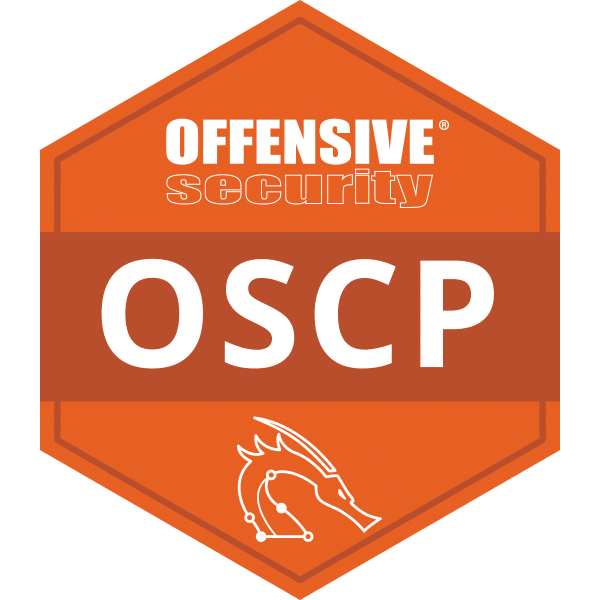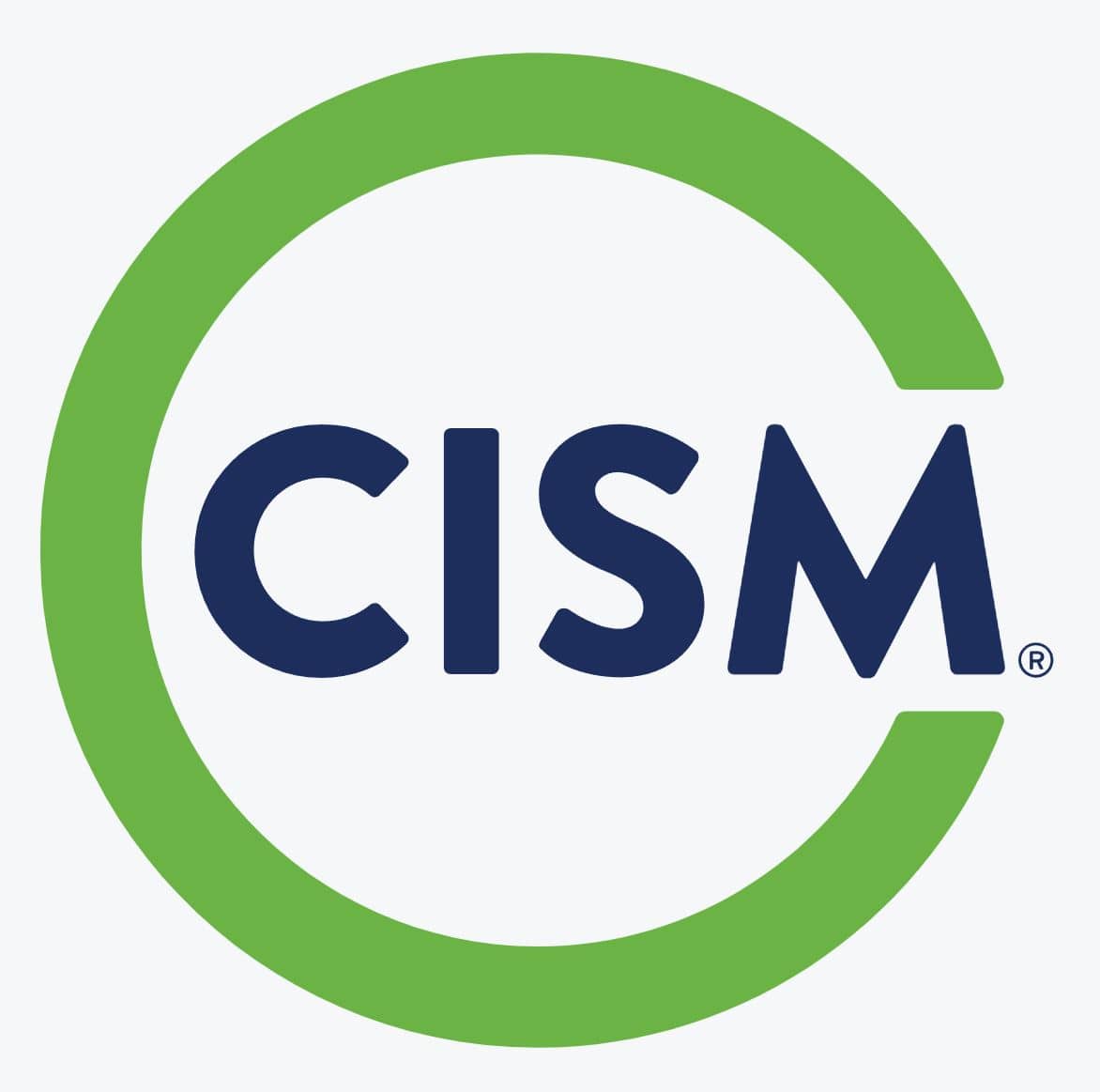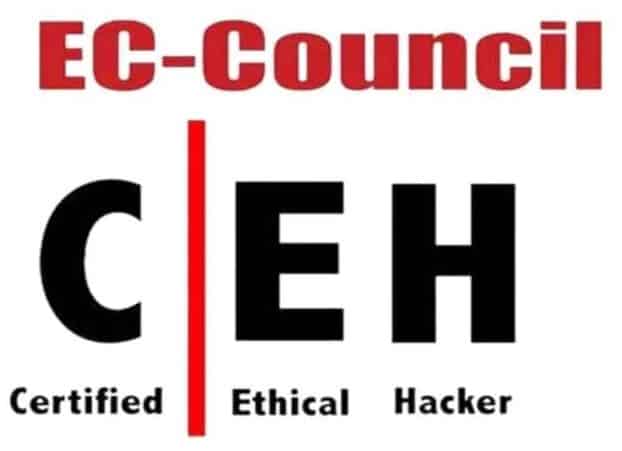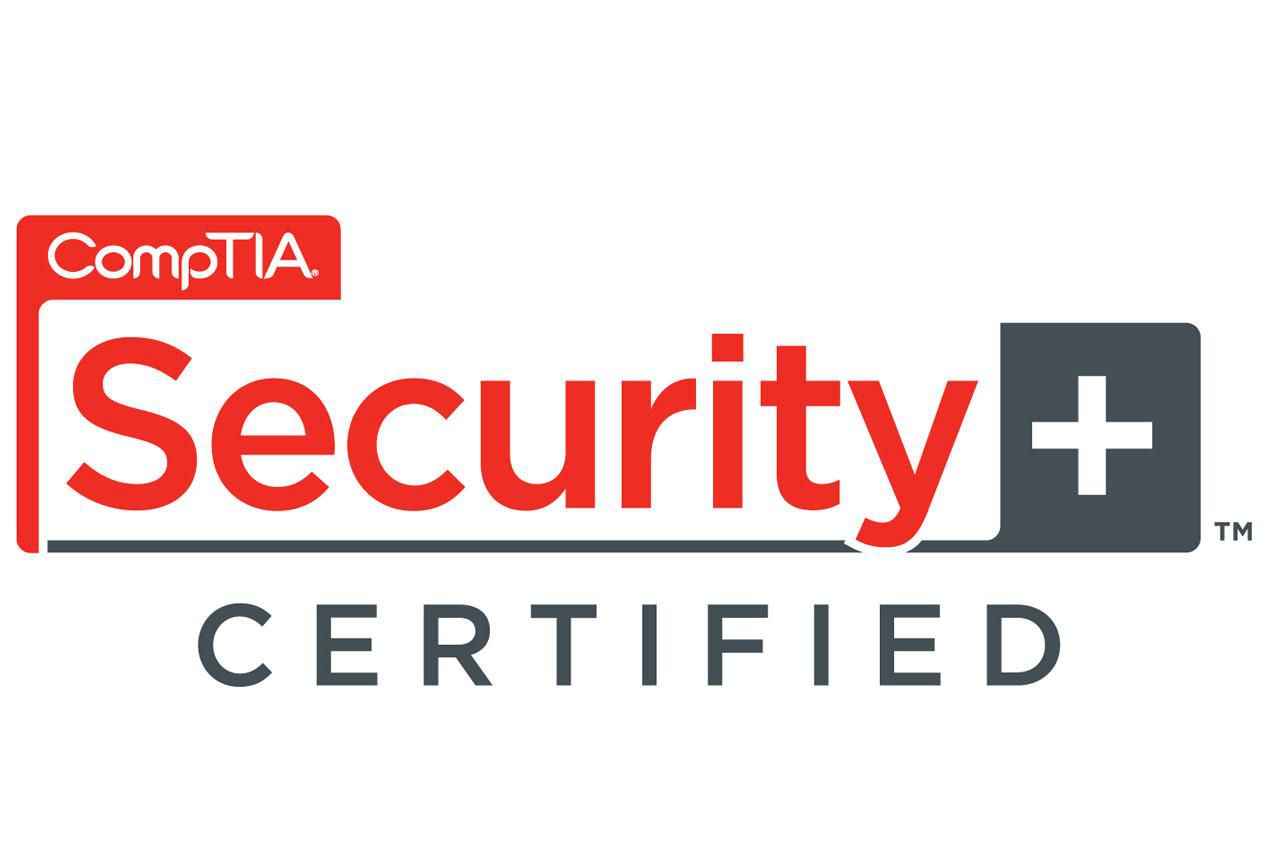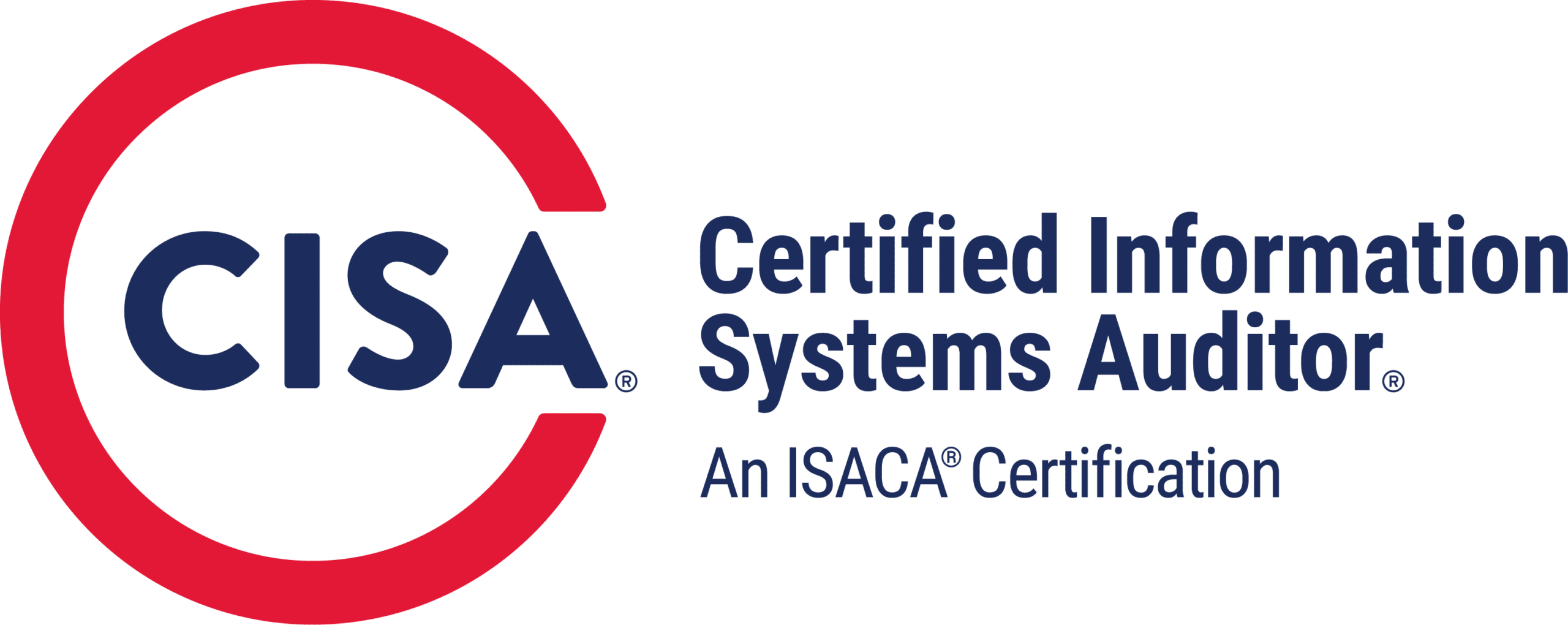As a professional in government or contractor roles, it is essential to comprehend the intricacies of obtaining a security clearance. Whether you are pursuing a government security clearance or aiming for a top-secret clearance, this comprehensive guide will provide you with the necessary knowledge to navigate the process successfully.
Understanding security clearances is crucial for accessing classified information and contributing to national security. This article will cover the history of security clearances, the jobs that require them, the steps involved in obtaining one, the different levels of security clearance, and the benefits that come with having a security clearance.
Key Takeaways:
- Obtaining a security clearance is essential for accessing classified information in government or contractor roles.
- Security clearances have a long history and are governed by executive orders and federal laws.
- Many government positions and contractor roles require security clearances.
- The security clearance process involves sponsorship, application, investigation, and adjudication.
- Security clearances are divided into different levels, such as Confidential, Secret, and Top Secret.
History of Security Clearances
The history of security clearances can be traced back to the Pendleton Act of 1883, which established the Civil Service Commission and introduced merit-based hiring in the federal government. This act was a response to concerns about corruption and favoritism in government appointments. As the government began to handle increasingly sensitive information, the need for safeguards and vetting procedures became evident.
Over the years, executive orders and federal laws have shaped the requirements and procedures for obtaining a security clearance. In 1947, President Truman issued Executive Order 9835, which established loyalty and security investigations for federal employees. This order set the foundation for the modern system of security clearances.
Since then, various laws have been enacted to establish clearances for specific types of information, such as the Atomic Energy Act of 1954 and the Intelligence Reform and Terrorism Prevention Act of 2004. These laws have expanded the scope and depth of security clearances to meet the evolving challenges of national security.
The history of security clearances highlights the ongoing commitment to protecting classified information and ensuring the trustworthiness of individuals with access to sensitive materials. It serves as a reminder of the importance placed on national security throughout history.
Evolution of Security Clearance Levels
As security clearances evolved, different levels were established to classify the level of access individuals had to classified information. The three main levels of security clearance are Confidential, Secret, and Top Secret. Each level requires a different depth of investigation and comes with specific responsibilities and access privileges.
| Clearance Level | Description |
|---|---|
| Confidential | Provides access to information that could cause damage to national security if disclosed improperly. |
| Secret | Provides access to information that could cause serious damage to national security if disclosed improperly. |
| Top Secret | Provides access to information that could cause exceptionally grave damage to national security if disclosed improperly. |
In addition to these levels, there are specialized categories of classified information that require higher clearances, such as Sensitive Compartmented Information (SCI) and Special Access Programs (SAPs). These categories have specific handling and access restrictions to ensure the utmost protection of national security.
The history and evolution of security clearances demonstrate the ongoing efforts to safeguard classified information and maintain the integrity of national security protocols. It is a dynamic field that adapts to changing threats and technologies, ensuring that those entrusted with sensitive information meet the highest standards of trustworthiness and responsibility.
Jobs Requiring Security Clearances
Many government positions and contractor roles require security clearances. These clearances are necessary for individuals who need to handle classified or sensitive information, regardless of their job description or level of authority. From janitorial staff to senior management, various positions may require a security clearance. This ensures that only trustworthy individuals have access to confidential data, helping to protect national security.
Some examples of jobs requiring security clearances include positions in agencies such as the Central Intelligence Agency (CIA), Homeland Security, Federal Bureau of Investigation (FBI), and other law enforcement or intelligence agencies. These organizations deal with sensitive information related to national security, and it is crucial to have a trusted workforce to maintain confidentiality and prevent unauthorized disclosures. In addition to government positions, many contractors working on classified projects for the government also require security clearances.
“Having a security clearance allows me to work in a role where I have access to highly classified information. It gives me a sense of responsibility and pride, knowing that I play a part in safeguarding our nation’s secrets. Whether it’s analyzing intelligence data or developing defense strategies, my security clearance opens doors to exciting and impactful careers.”
While the specific requirements for security clearances may vary depending on the level and nature of the job, the common thread is the need to protect sensitive information. Individuals in these roles must undergo a thorough background investigation to ensure their integrity and trustworthiness. By obtaining a security clearance, individuals demonstrate their commitment to national security and gain access to a wide range of job opportunities.
| Common Jobs Requiring Security Clearances | Clearance Level Required |
|---|---|
| Intelligence Analyst | Top Secret |
| Special Agent | Secret |
| Cybersecurity Analyst | Top Secret |
| Defense Contractor | Various levels (depending on project) |
| Foreign Service Officer | Top Secret |
Obtaining a security clearance opens up a multitude of career opportunities in both the public and private sectors. The rigorous vetting process ensures that individuals with clearances are trusted with sensitive information and can contribute to the nation’s security efforts.
The Security Clearance Process
The security clearance process is a crucial step for individuals seeking access to classified information. Whether you’re applying for a job that requires a clearance or need to renew an existing one, understanding the process is essential. Here, I’ll provide an overview of the key steps involved in obtaining a security clearance and what you can expect during the investigation.
1. Sponsoring and Application
To begin the security clearance process, you must be sponsored by an eligible entity, such as a government agency or contractor. Once sponsored, you will need to submit an application through the Electronic Questionnaires for Investigations Processing (e-QIP) system. The application requires detailed personal and professional information, including employment history, financial records, and references.
2. Investigation
After your application is submitted, a comprehensive background investigation will be conducted. This investigation often includes interviews with references, neighbors, and colleagues, as well as checks of your criminal history, credit records, and foreign contacts. The investigation aims to assess your loyalty, trustworthiness, and reliability to determine if you are eligible for a security clearance.
3. Adjudication
During the adjudication phase, the gathered information from the investigation is reviewed and evaluated. Adjudicators analyze the data to assess your suitability for a security clearance. They consider factors such as your honesty, integrity, foreign influence, and potential susceptibility to coercion. The final decision regarding your clearance is made based on this evaluation.
It’s important to note that the security clearance process can vary in duration. Factors such as the level of clearance being sought, the complexity of the investigation, and the current backlog of cases can influence the timeline. Therefore, it is advisable to start the process well in advance if you anticipate needing a security clearance for a specific job or assignment.
Table: Key Steps in the Security Clearance Process
| Step | Description |
|---|---|
| 1. Sponsoring and Application | Obtain sponsorship and submit an application through the e-QIP system. |
| 2. Investigation | Undergo a thorough background investigation, including interviews and record checks. |
| 3. Adjudication | Review and evaluation of the gathered information to determine clearance suitability. |
By familiarizing yourself with the security clearance process, you can be better prepared for the steps involved and ensure that your application goes smoothly. Remember to provide accurate and complete information during the application and investigation phases, as honesty and credibility are essential throughout the process.
Security Clearance Levels
When it comes to security clearances, there are different levels that determine the depth of investigation and the level of classified information that an individual can access. These clearance levels are Confidential, Secret, and Top Secret. Each level has its own specific requirements and criteria that must be met in order to obtain and maintain the clearance.
Confidential: This is the lowest level of security clearance. It is typically granted to individuals who need access to information that could reasonably be expected to cause damage to national security if disclosed improperly. This level of clearance requires a thorough background check and verification of personal and financial information.
Secret: The Secret clearance is the next level up and requires a more extensive investigation. It is granted to individuals who need access to information that could reasonably be expected to cause serious damage to national security if disclosed improperly. This level of clearance requires a detailed background investigation, including interviews with friends, family, and colleagues.
Top Secret: Top Secret clearance is the highest level of security clearance and is granted to individuals who need access to information that could reasonably be expected to cause exceptionally grave damage to national security if disclosed improperly. This level of clearance requires the most extensive investigation, including interviews with neighbors, coworkers, and other acquaintances.
| Clearance Level | Criteria |
|---|---|
| Confidential | Thorough background check and verification of personal and financial information |
| Secret | Detailed background investigation, including interviews with friends, family, and colleagues |
| Top Secret | Extensive investigation, including interviews with neighbors, coworkers, and other acquaintances |
Need-to-Know and Access Restrictions
When it comes to security clearances, having the clearance itself is not enough to access classified information. The principle of “need to know” plays a crucial role in determining who can access specific information. As a clearance holder, I must have a clearly defined need to know the classified information, which is determined by a disclosure officer. This ensures that only individuals who require access for their job responsibilities are granted access, minimizing the risk of unauthorized disclosure.
Access restrictions further enhance the security of classified information. These restrictions are put in place to limit access to sensitive materials, even among individuals with the necessary clearance and need to know. By implementing access restrictions, the government and defense organizations can prevent unauthorized dissemination or compromise of classified data. These restrictions are designed to maintain the confidentiality of information and uphold national security.
The need-to-know principle and access restrictions underscore the importance of trustworthiness and professionalism in handling classified information. It is crucial for clearance holders to understand the limitations and responsibilities that come with their clearance. By strictly adhering to the need-to-know principle and following access restrictions, individuals can contribute to the safeguarding of sensitive data and support the overall mission of maintaining national security.
Best Practices for Adhering to Access Restrictions:
- Regularly review and update your need-to-know list to ensure it aligns with your current job responsibilities.
- Do not share classified information with individuals who do not have a need to know, even if they possess the same level of clearance.
- Securely store and dispose of classified materials to prevent unauthorized access or disclosure.
- Report any potential security breaches or violations of access restrictions to your security officer immediately.
- Continuously educate yourself on the latest policies and procedures regarding access restrictions and follow them diligently.
| Clearance Level | Access Restrictions |
|---|---|
| Confidential | Access limited to individuals with a need to know and appropriate clearance. |
| Secret | Access limited to individuals with a need to know, appropriate clearance, and signed non-disclosure agreements. |
| Top Secret | Access limited to individuals with a need to know, appropriate clearance, extensive background checks, and signed non-disclosure agreements. |
Security Clearance Renewal and Reactivation
Renewing and reactivating security clearances are crucial processes for individuals who require continued access to classified information. Whether due to expiration or a break in employment, the renewal and reactivation procedures ensure that individuals maintain their eligibility and meet the necessary requirements. Understanding the steps involved in these processes is essential for maintaining a valid security clearance.
Security Clearance Renewal
Security clearance renewal involves a formal review and reinvestigation of an individual’s background and suitability for access to classified information. The renewal process is typically initiated within a set timeframe before the expiration of the current clearance, ensuring a seamless transition and uninterrupted access to sensitive materials. It is important to note that failure to renew a security clearance on time can result in the loss of access to classified information and job implications.
During the renewal process, the individual’s personal and professional history is reevaluated, including any new information or developments that may impact their clearance status. This may involve a thorough background check, interviews, and updated documentation. The renewal process aims to assess the individual’s continued trustworthiness, loyalty, and reliability in handling classified information.
Security Clearance Reactivation
If an individual’s security clearance has been inactive due to a break in employment for less than two years, reactivation may be possible. Reactivation allows individuals to regain their clearance without undergoing the entire investigative process again, provided that their previous investigation is still within the acceptable time frame. The reactivation process is generally less time-consuming compared to initial clearance applications or renewals.
Reactivate your security clearance by contacting your security officer or the appropriate authority within your organization. They will guide you through the necessary steps and requirements for reactivating your clearance. It is important to note that reactivation is subject to the discretion of the employing agency or organization, and they may require additional information or evaluations to ensure continued eligibility.
Renewing or reactivating a security clearance is crucial for maintaining access to classified information and job opportunities that require such clearances. By understanding the process and requirements involved, individuals can ensure the continuity of their clearance and continue contributing to national security efforts.
Security Clearance Authority and Laws
When it comes to security clearances, understanding the authority and laws governing the process is essential. The granting of security clearances and the classification of information is derived from executive orders and federal laws that establish the standards and procedures. These laws define the criteria for determining eligibility and provide the framework for maintaining national security.
One of the key authorities for security clearances is Executive Order 12968, which was signed by President Bill Clinton in 1995. This order established a uniform system for managing access to classified information and outlined the responsibilities of various agencies in the process. Additionally, the Intelligence Reform and Terrorism Prevention Act of 2004 further enhanced the authority and oversight of security clearances, particularly in relation to intelligence agencies.
“The authority for granting security clearances and classifying information is derived from executive orders and federal laws.”
Under these laws, security clearances are granted based on an individual’s trustworthiness and reliability in handling classified information. The process involves thorough background checks, interviews, and investigations to determine an applicant’s suitability. The authority for granting, renewing, and revoking clearances lies with the appropriate agency or department responsible for the individual’s employment or contract.
By adhering to the guidelines and regulations established by these laws, individuals and organizations can ensure the integrity and effectiveness of the security clearance process. Compliance with the legal framework is essential for maintaining national security and protecting sensitive information from unauthorized access.
Table: Key Security Clearance Laws
| Law | Description |
|---|---|
| Executive Order 12968 | Establishes uniform standards for access to classified information and outlines agency responsibilities. |
| Intelligence Reform and Terrorism Prevention Act of 2004 | Enhances authority and oversight of security clearances, particularly in intelligence agencies. |
| Personnel Security Program | Regulates the security clearance process and sets standards for determining eligibility. |
| National Industrial Security Program (NISP) | Safeguards classified information released to contractors and establishes security requirements for the defense industry. |
The Value and Benefits of Security Clearance
Obtaining a security clearance is not just a bureaucratic process; it holds significant value and offers numerous benefits. Professionals with security clearance often find themselves in high demand and command higher salaries due to their increased marketability. Employers recognize the unique skills and trustworthiness that come with a security clearance, making these individuals valuable assets in industries that require access to classified information.
In addition to career advantages, having a security clearance can open doors to new opportunities within the government or private sector. Job transitions become smoother, as clearance holders have already undergone a thorough vetting process. This saves employers time and resources, as they can trust that these individuals are qualified and reliable when it comes to handling sensitive materials.
Furthermore, security clearances provide assurance that individuals possess a level of integrity and loyalty necessary for national security. The rigorous clearance process, including background checks and interviews, ensures that only the most trustworthy individuals gain access to classified information. This helps maintain confidentiality and protects against potential threats or breaches.
In summary, the value and benefits of security clearance cannot be overstated. From increased job opportunities and higher salaries to the assurance of trustworthiness and qualification, having a security clearance is a mark of distinction in the professional world. It offers individuals the chance to contribute to national security while enjoying a rewarding and fulfilling career.
Conclusion
As I conclude this security clearance guide, it’s evident that understanding security clearances is vital for individuals working in government or contractor roles that necessitate access to classified information. This comprehensive overview has covered the history of security clearances, the process of obtaining one, the different levels of clearance, and the benefits that come with it.
By following the necessary steps and maintaining integrity throughout the process, individuals can effectively navigate the complex world of security clearance and contribute to national security. It’s crucial to recognize that security clearances are not merely a bureaucratic requirement, but a means to protect sensitive information and safeguard the country.
With a security clearance, professionals can access a wide range of job opportunities, both within the government and the private sector. The trust and qualification that come with having a security clearance can enhance marketability and command higher salaries. Additionally, employers benefit from the time and resources saved when hiring individuals who already possess the necessary clearance.
In conclusion, understanding security clearance is a continuous learning process. Staying updated with the ever-evolving legal framework and maintaining the necessary qualifications and integrity are essential for anyone seeking to obtain and maintain a security clearance. By doing so, individuals can fulfill critical roles in safeguarding classified information and contributing to the country’s security.
FAQ
What is the history of security clearances?
Security clearances have their origins dating back to the Pendleton Act of 1883 and have been defined and refined through various executive orders and federal laws.
What jobs require security clearances?
Many government positions and contractor roles require security clearances, including those in agencies such as the CIA, Homeland Security, and FBI.
What is the process for obtaining a security clearance?
The process involves sponsorship, submitting an application through the e-QIP system, a thorough investigation, background checks, interviews, and adjudication based on the investigated data.
What are the different levels of security clearances?
Security clearances are divided into levels such as Confidential, Secret, and Top Secret, each with varying levels of investigation and access to classified information.
What are the need-to-know and access restrictions for security clearances?
Security clearance holders must have a clear “need to know” determined by a disclosure officer, and access restrictions ensure individuals only have access to the information necessary for their job responsibilities.


